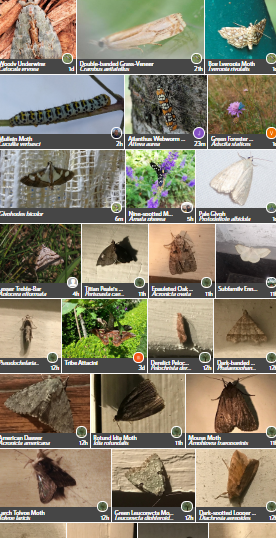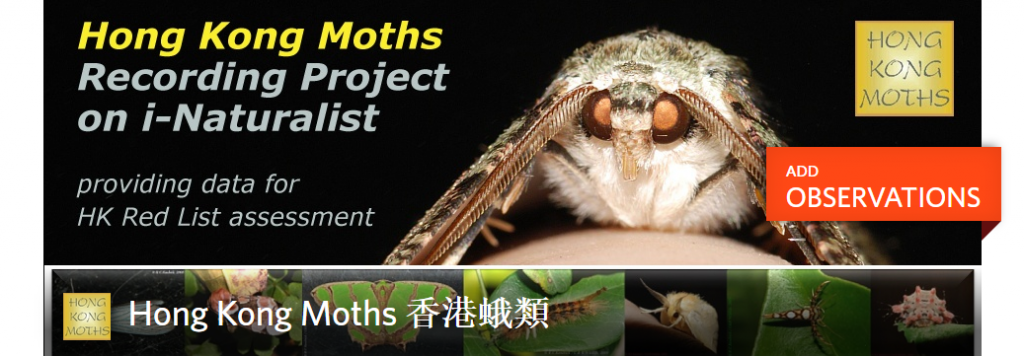Well, for the “What”, as Ian Morton wrote in 2016 “Anything Goes”
So why register your moth “event” for National Moth Week. What is the significance?
In short – every single observation counts, by contributing to the “bigger picture”.
How??
Citizen science is not new – collection of moth data and bird data from observers in the United Kingdom has taken place for several hundred years. The internet has revolutionized the process, though, through citizen science portals / apps that make it easier than it has ever been to photograph an observation and submit it, along with the location and time-stamp, to a portal for collating biological data. These collated data are then checked for accuracy, usually by researchers, or by dedicated volunteers, and once verified, can become part of a project run by researchers looking at (e.g.) changes in species distribution over time, changes in species phenology (e.g. when they occur and in what life stage they occur, or when they flower, or something like when the first cuckoo call of spring happens each year). Only by aggregating data from many sources can projects tackle big (regional, national, international or global) issues, such as how species are responding to changes in the landscape globally.
Let me give you one example that I have been involved with. I run a number of recording projects on iNaturalist, one of which is for moths that are found in Hong Kong. Data is provided by many people, some of whom contribute thousands of observations, some contribute just a few observations. All together, the distribution and coverage is far better than I could ever achieve on my own, and gives me a much better idea about _which_ species should receive greater attention for conservation action. I teamed up with academics from The University of Hong Kong to look at other questions, one of which was “is climate change impacting moths in Hong Kong”, to which the answer is “probably” – with different species responding in different, sometimes unexpected ways. Some species were shifting their distribution uphill, a few the other way, some not shifting significantly at all and some shifting their distribution northwards, i.e. tropical species arriving in subtropical Hong Kong in the last few decades, just as is happening with many species shifting distributions elsewhere in the world.
Are “common” species important ?
Absolutely. Have you ever heard of the Passenger Pigeon? – it was North America’s commonest bird species in the 1890s, yet by 1930 it was extinct (gone for ever). We do not know exactly what the future holds for any species on Earth, including us, Homo sapiens. But we cannot assume that just because a species is common it is not vulnerable to extinction.

So records of common moth species, the ones that are familiar to the moth recorders and researchers, are _really_ important, just as records of currently rare moth species are important. Thus everyone’s contribution to National Moth Week, whether just one or two moths from a backyard light or chanced upon in the garden, or of hundreds of moths seen in an all night mothing session, all go to building a bigger picture of how moths are distributed (spatially and in abundance) now – and can be compared in years to come. Every observation counts.
If you thought it’s not important to register with NMW, please reconsider. Your data is meaningful. If you haven’t used a citizen science portal before, there’s a first time for everyone. Yes, it can seem scary and overwhelming, but these apps have real people, amateur naturalists, professional biologists, academics, kids, using them, supporting newcomers and “old pros” alike! You will be made welcome, and there are people in the iNaturalist community who will help if you need help. A good place to start is the “getting started” page.
Now go and register – get outside and mothing (by day or night) in your backyard and enjoy your contribution and participation into and with the global community. Please.
—
Dr. Roger C. KENDRICK lives and works in Hong Kong. He is a Natioanl Moth Week team member.

Excellent!